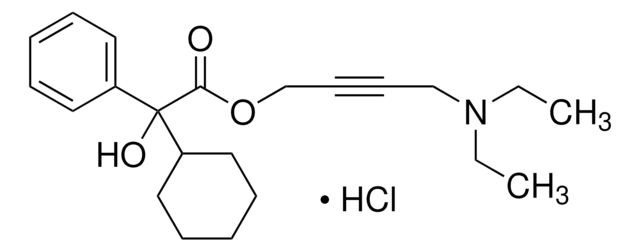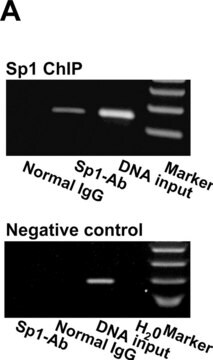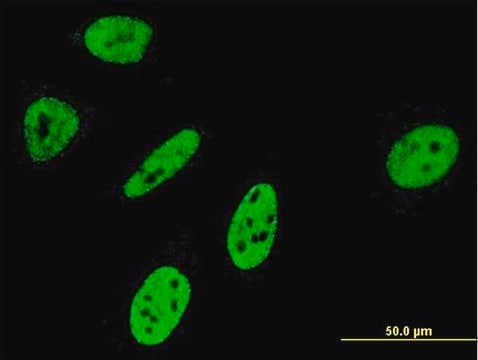T1075
Anti-Tal (CS-15) antibody produced in rabbit
affinity isolated antibody, buffered aqueous solution
Sinónimos:
Anti-Tsg101-associated ligase
About This Item
Productos recomendados
biological source
rabbit
conjugate
unconjugated
antibody form
affinity isolated antibody
antibody product type
primary antibodies
clone
polyclonal
form
buffered aqueous solution
mol wt
antigen 84 kDa
species reactivity
rat, canine, human, mouse
technique(s)
immunoprecipitation (IP): 5-10 μg using mouse brain S1 cytosolic fraction
microarray: suitable
western blot: 0.1-0.2 μg/mL using whole extract of human epitheloid carcinoma HeLa cell line and also canine kidney MDCK cell line
western blot: 0.2-0.4 μg/mL using whole extract of rat brain S1 cytosolic fraction
UniProt accession no.
shipped in
dry ice
storage temp.
−20°C
target post-translational modification
unmodified
Gene Information
human ... LRSAM1(90678)
mouse ... Lrsam1(227738)
Categorías relacionadas
General description
Specificity
Immunogen
Application
Biochem/physiol Actions
Physical form
Storage and Stability
Disclaimer
Not finding the right product?
Try our Herramienta de selección de productos.
Related product
Certificados de análisis (COA)
Busque Certificados de análisis (COA) introduciendo el número de lote del producto. Los números de lote se encuentran en la etiqueta del producto después de las palabras «Lot» o «Batch»
¿Ya tiene este producto?
Encuentre la documentación para los productos que ha comprado recientemente en la Biblioteca de documentos.
Nuestro equipo de científicos tiene experiencia en todas las áreas de investigación: Ciencias de la vida, Ciencia de los materiales, Síntesis química, Cromatografía, Analítica y muchas otras.
Póngase en contacto con el Servicio técnico







